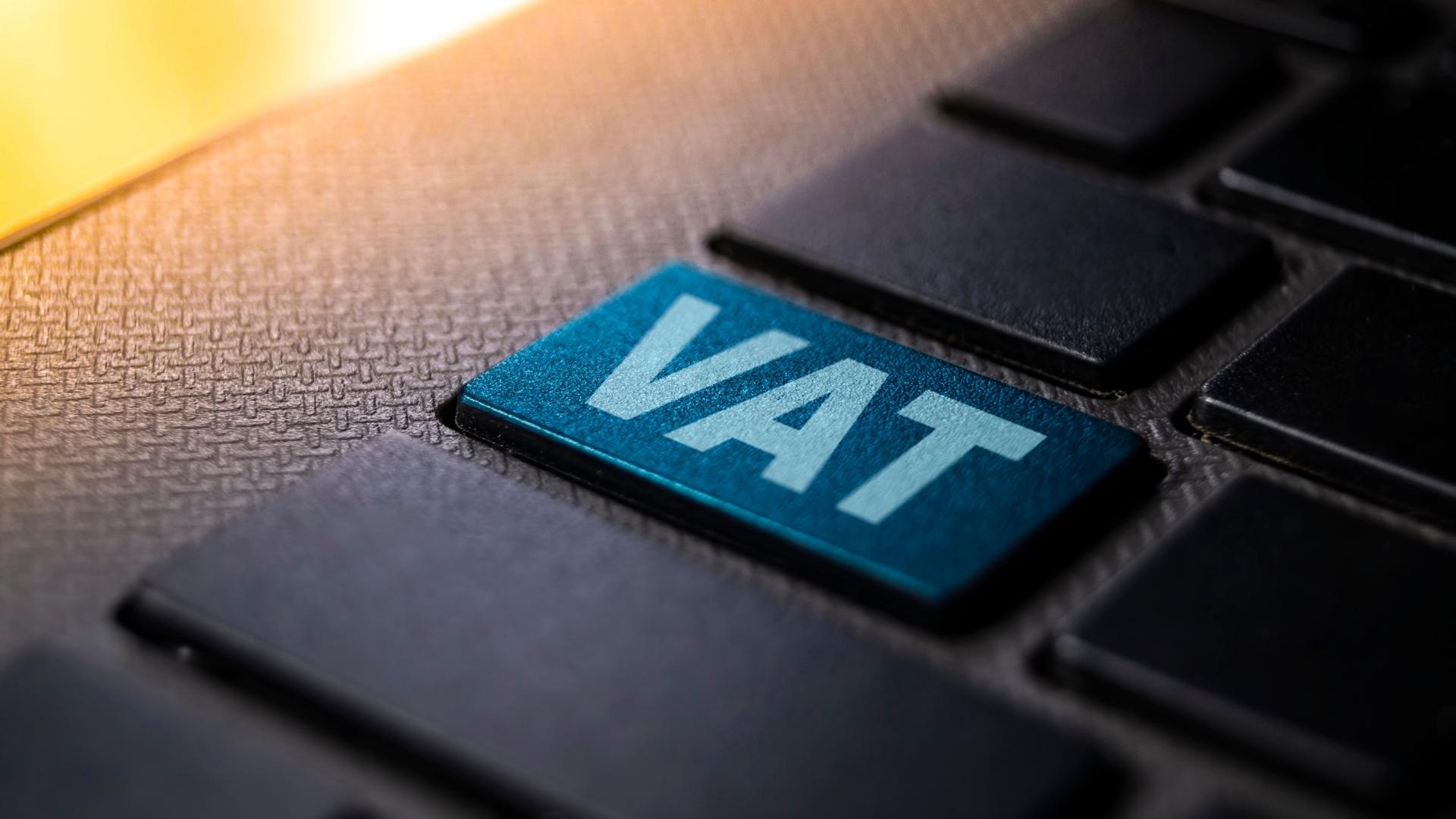What is an Intrastat declaration?
It is a declaration submitted electronically by taxpayers, effectively providing information on the movement of goods between Malta and the other Member States.
It is a tool used by governments and the EU to track the movement of goods for statistical purposes and also aimed at surfacing a potential VAT fraud.
What happened in the past few weeks?
In December, around 6,000 taxable persons received a notification from the authorities in Malta, whereby according to the information made available to NSO and the Commissioner for Revenue, it was concluded that a substantial amount of VAT-registered persons were not fully compliant with the requirements set out under Subsidiary Legislation 406.08, which is the relevant subsidiary legislation pertaining the Intrastat declarations. The Commissioner for Revenue urged taxable persons to submit all missing monthly declarations.
Who needs to submit an Intrastat declaration? Are there any thresholds in place?
Let’s start off with the easiest part. Take for example a retailer acquiring goods for resale from a business established in Italy, which goods are transported from Italy to Malta. What are the obligations of this taxable person?
- Is the de minims threshold is exceeded? The legislation contemplates a threshold of EUR700, beyond which taxable persons are required to prepare and submit an Intrastat declaration.
- Report the value of the transaction in the VAT Return in Box 3, 6, 9 and 13
What about professional services firms? Do they need to submit an Intrastat declaration?
In principle, professional services firms transacting with businesses established outside of Malta, are not required to submit an Intrastat declaration, however, where such businesses acquire goods, say laptops or monitors which are transported from another Member State and exceeds the threshold of EUR700, then they are also obliged to prepare and submit an Intrastat declaration.
Can a taxable person file an Intrastat declaration himself or is he obliged to do it via a forwarding agent?
The taxpayer can choose whether to do it himself or appoint an agent to do it on his behalf. Now, one might ask what is an agent. An agent means a cargo clearance and forwarding agent as defined in Article 2 of the Cargo Clearance and Transport Act. In simple terms, the freight forwarders.
What are the time limits for the submission of an Intrastat declaration? What happens if you do not submit these on time?
Both arrivals and dispatch of goods must be declared in the month when the goods arrive in Malta or in case of dispatch of goods when the goods leave Malta.
Any failure to submit an Intrastat declaration may lead to criminal prosecution and upon conviction of a criminal offence, subject persons shall be liable to a fine of not less than €700 and not more than €3,500
How can you submit an Intrastat declaration?
Unless the Intrastat declaration is submitted through an agent (as discussed earlier), one must first register by submitting an online form through the Supplementary Declaration System, and once registered, the taxable person will receive an automatic email with a link to activate the account within 48 hours.
Then, once the account is activated, one would be able to submit an Intrastat declaration for both arrivals and dispatch of goods. Of course, there are some fields to be filled in and once you complete the process, the declaration may be submitted accordingly.
What information should be included?
The information requested when submitting a declaration for arrivals and a declaration for dispatch of goods is very similar. Basically, you are requested to fill in the following information in case of arrival:
- HS Code of the product
- Country of Origin – real origin of the goods
- Country of Consignment – the country from where the goods are arriving
- Supplier’s VAT Number
- Nature of transaction
- Mode of Transport – for example, sea transport air transport and so on…
- Terms of Delivery – these are the incoterms
- Invoice Currency
- Invoice Value
- Net Mass (in Kgs); and
- Quantity
In the case of dispatch of goods, the same information, however, instead of the country of consignment, you should include the Country of Destination. And Instead of the supplier’s VAT number, you should include the consignee’s VAT number.
How can ZD assist?
Of course, our VAT specialists can assist with the whole process, starting from understanding whether a declaration needs to be submitted and if that is the case, we can assist with registration, preparation and completion of the declaration on behalf of the client.



